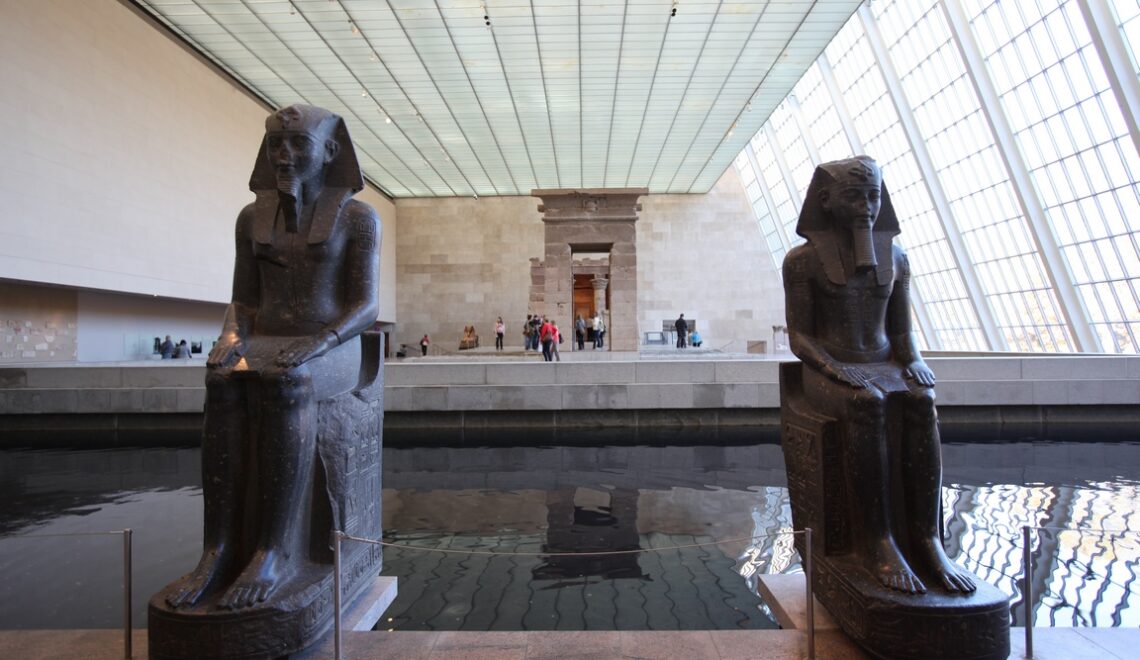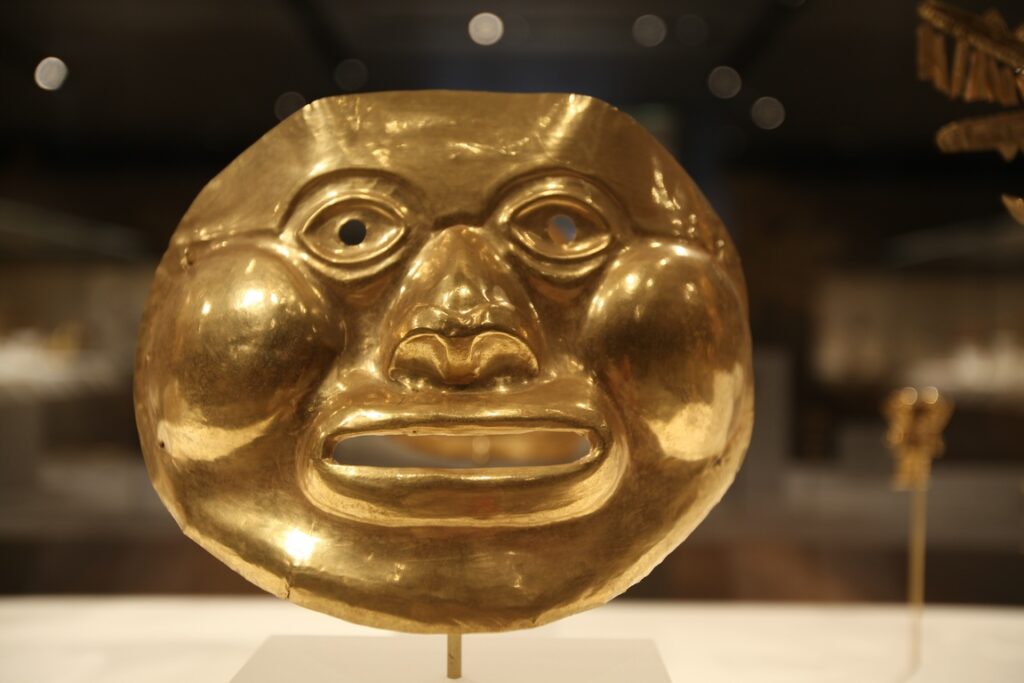
Since 6 December 2023, a reform of federal legislation on the protection of Native American heritage has required institutions to obtain the agreement of the tribes concerned before exhibiting their heritage. The updating in December of the regulations governing both the display of Native American material and its return to the indigenous nations that have requested it has given new force to the 1990 Native American Graves Protection and Repatriation Act (NAGPRA). The movement for respect, collaboration and recognition of Native American cultures as living and thriving is not new. Many American museums of all kinds had already invested significantly in more collaborative relationships with Native American cultures.
The Peabody Museum of Archaeology and Ethnology at Harvard, the Field Museum and the Metropolitan Museum of Art, New York have also taken steps to hide the objects from visitors. The closure of thousands of square metres in one fell swoop is a strong signal that the time has finally come for American museums to take indigenous culture into account.
The Peabody, which notoriously preserves thousands of Amerindian human remains, has confirmed that it is withdrawing Amerindian funerary objects from its exhibition. An investigation by ProPublica published in December, explained in detail how the museum has used the gaps in the NAGPRA law for refusing to repatriate Abenaki (also known as Wobanakis, a people belonging to the Algonquian linguistic and cultural family) remains to their communities of origin for almost 30 years.

The deadline of 10 January 2029 set by the new regulations for the return of human remains and funerary objects to indigenous groups who request them is a warning to museums such as Harvard's Peabody, which has dragged its feet in responding to requests of this kind, in some cases for decades.
As a result of this reform, museums will no longer be able to exhibit or conduct research on objects of cultural significance without the consent of the indigenous nation to which they relate. This had already been standard practice in many American institutions for several years. Just think of the Smithsonian's Museum of Natural History or the Smithsonian's National Museum of the American Indian, which opened in 2004 with the express aim of ending the anthropological display of Native American culture and returning the stories to the living indigenous nations to which they belong.
Today, the Smithsonian's American Indian Museum is a beacon of American Indian creativity and resilience, where ancient cultures, represented by numerous artistic objects, are brought into dialogue with the contemporary creations of these peoples.
Text: Brigitte Postel

